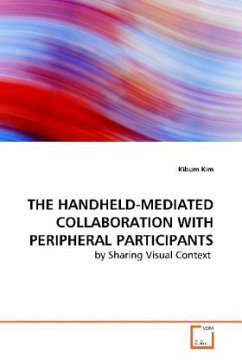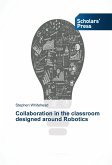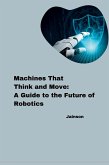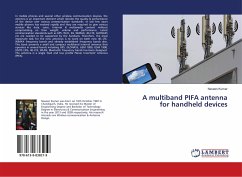Examining the language used in the task-oriented
conversation can provide the fundamental theoretical
framework for communication applications and
collaboration systems, which are highly demanding
applications for emerging social software. There are
two approaches to language uses: the product approach
and the action approach. The product approach
emphasizes the products of language use like
linguistic study of sentences, words, and speech
sounds. On the other hand, the action approach grows
out of philosophical and sociological investigation
of intentions and social actions.
The investigation of computer-mediated communication
can also be conducted and compared with the product
and action approaches. The product approach has been
used in traditional communication systems like file
transfer protocol and email system. However, new,
increasingly common opportunities for ubiquitous
connectivity prefer the action approach of language
uses, which places value in the discourse process.
The experiment investigated in this book presented
the process of how the handheld network service Look could facilitate effective language uses for
creating common ground among discourse participants.
conversation can provide the fundamental theoretical
framework for communication applications and
collaboration systems, which are highly demanding
applications for emerging social software. There are
two approaches to language uses: the product approach
and the action approach. The product approach
emphasizes the products of language use like
linguistic study of sentences, words, and speech
sounds. On the other hand, the action approach grows
out of philosophical and sociological investigation
of intentions and social actions.
The investigation of computer-mediated communication
can also be conducted and compared with the product
and action approaches. The product approach has been
used in traditional communication systems like file
transfer protocol and email system. However, new,
increasingly common opportunities for ubiquitous
connectivity prefer the action approach of language
uses, which places value in the discourse process.
The experiment investigated in this book presented
the process of how the handheld network service Look could facilitate effective language uses for
creating common ground among discourse participants.








